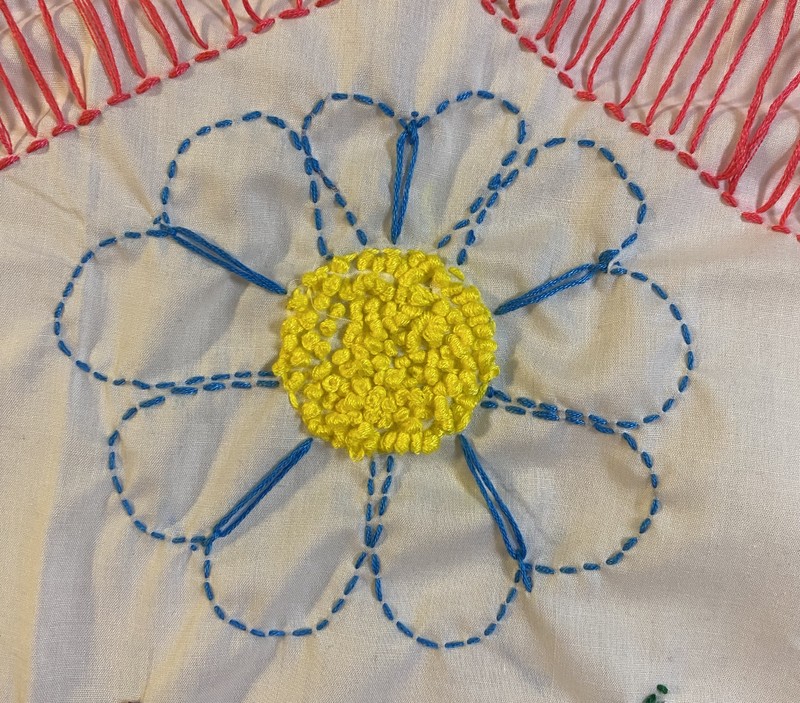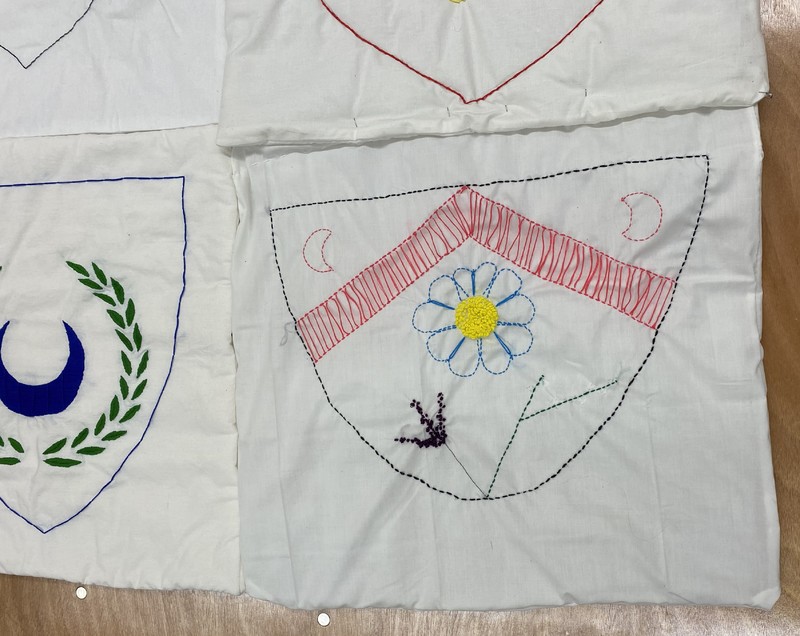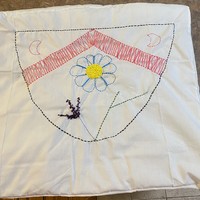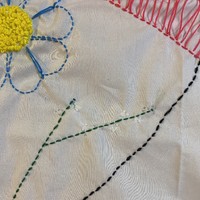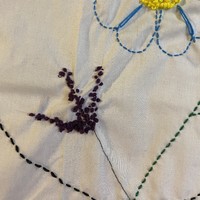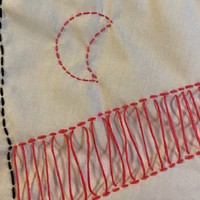Identity: Women's Role in Medieval Society and the Importance of Heraldry
Item
Title
Identity: Women's Role in Medieval Society and the Importance of Heraldry
Description
Heraldry dates back to the 12th century, where it was used to identify knights on the battlefield. Families would use the same basic pattern, with individual family members having their own cadency in addition to the family pattern. Similarly, quilting dates back to the 13th century, when quilts such as the Tristan Quilt were used to memorialize important family or community history. For this project, my group and I chose to create a quilt, with individual coats of arms to represent ourselves embroidered on to each individual section. In this way, we mimicked how the Tristan Quilt and other large quilts or bedspreads would have been made: amongst a community, with sections of the quilt being created independently, then joined together to create the full story. On my section of the quilt, I included a chevron to represent protection, crescents to represent the hope of greater glory and my family, a forget-me-not to represent love, remembrance, and steadfastness, a juniper branch to represent succour and my family, and an amaranthus to represent immortal works. Both heraldry and Medieval quilting practices demonstrate the idea of community and personal identity. Heraldry relies on heraldic symbols to represent families and communities while allowing individual identities to be represented through cadency. Medieval quilting practices allow individuals to impart their own style and embroidery techniques on their section of the quilt while also encouraging communities to come together and tell important pieces of history through art.
Contributor
Claire Raposo


